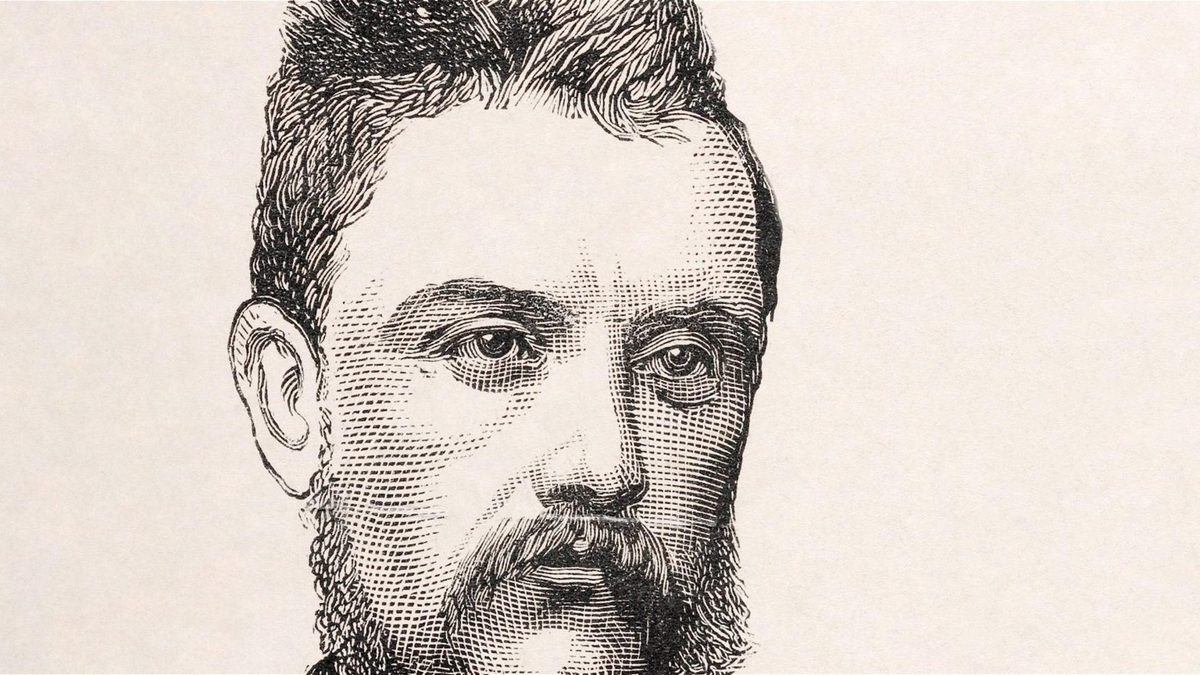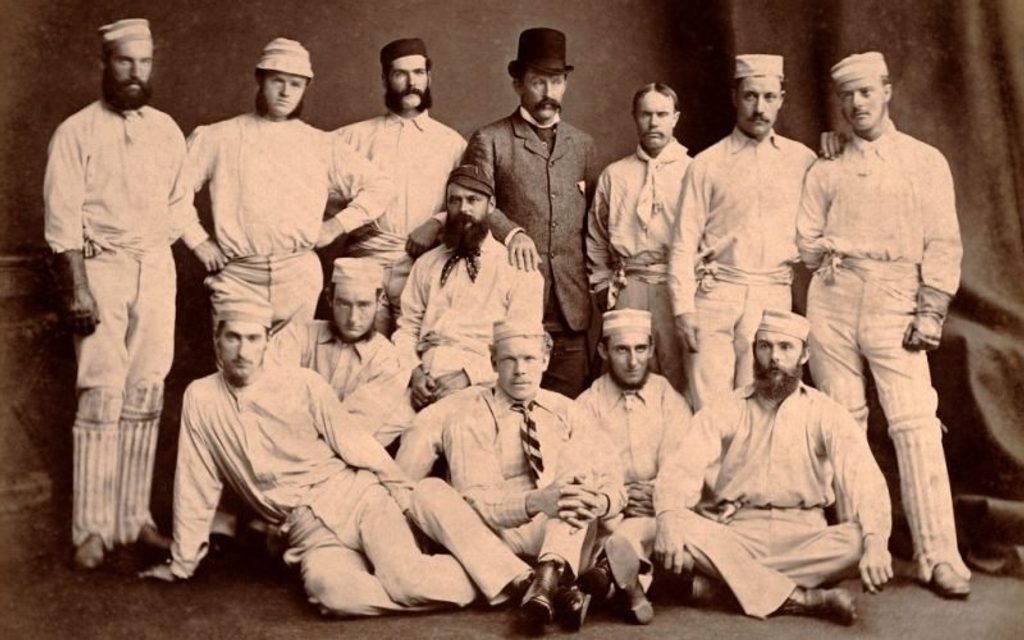
Charles Bannerman carved an imperishable mark in cricket history when he scored a hundred in the first Test match in 1877. His Wisden obituary in 1931 acknowledged his importance.
Bannerman, Charles, died on August 20, 1930, aged 79.
Charles Bannerman was one of the three survivors of the 22 players who took part in what, according to records at present accepted, was the First Test match between England and Australia.
Only those whose memories go back many years can recall this very fine batsman. In his day he was the best in Australia. He had a splendid style, standing well up to the ball, and was master of nearly every stroke; indeed his batting was essentially skillful and polished. He drove finely to the off, and could hit with power and accuracy to leg.
Over and above his qualities as a run-getter he had another claim to fame as being a first-class field, no matter the position in which he was put. The match in which he really made his name took place in Melbourne in the middle of March, 1877.
James Lillywhite’s team was then touring Australia and New Zealand, and so much had the standard of cricket in Australia improved since the previous visit of an English side under WG Grace that when Fifteen of New South Wales twice beat Lillywhite’s men and a Fifteen of Victoria also overcame them, the challenge was made to play an eleven-a-side match against the Englishmen.
The faith the Australians had in themselves was justified for, with England lacking the assistance of a recognised wicketkeeper, Australia won by 45 runs. In a return match a little later on the same ground Lillywhite’s team won by four wickets.
 The Australian cricket team that toured England, circa May 1878. Charles Bannerman is standing second from right
The Australian cricket team that toured England, circa May 1878. Charles Bannerman is standing second from right
Charles Bannerman took part in both these matches, and in the first he had the distinction of playing an innings of 165. The runs were made against Shaw, Hill, Emmett, Southerton, Ulyett and Lillywhite, and not one of his companions was able to reach 20 in the same innings. During the first day he scored 126 of his side’s 166 for six wickets. Never before had an Australian batsman scored a century against an English eleven.
In the second match he made 19 and 30. In 1878 there came the first visit of an Australian team to this country, and Charles Bannerman was a member of it. In the course of the tour he scored 723 runs for an average of 24. He obtained the only hundred hit by any of the Australians that summer, making 133 at Leicester against Leicestershire. (He also reached three-figures for the side in both New Zealand and Canada, and, altogether, during a tour which in all extended over 14 months, scored 2,630 runs for it with an average of 23.90).
Towards the end of May he took part in the historic match at Lord’s against the MCC, when the Maryleborne Club were dismissed by Spofforth and Boyle for 19. The Australians won by nine wickets. Bannerman paid no other visit to England, illness cutting short his career as a cricketer. At various times he undertook coaching duties in Melbourne and Sydney and at Christ’s College, Christchurch, in New Zealand, and later became an efficient umpire. He was elder brother of the late AC Bannerman of stone-walling fame.








